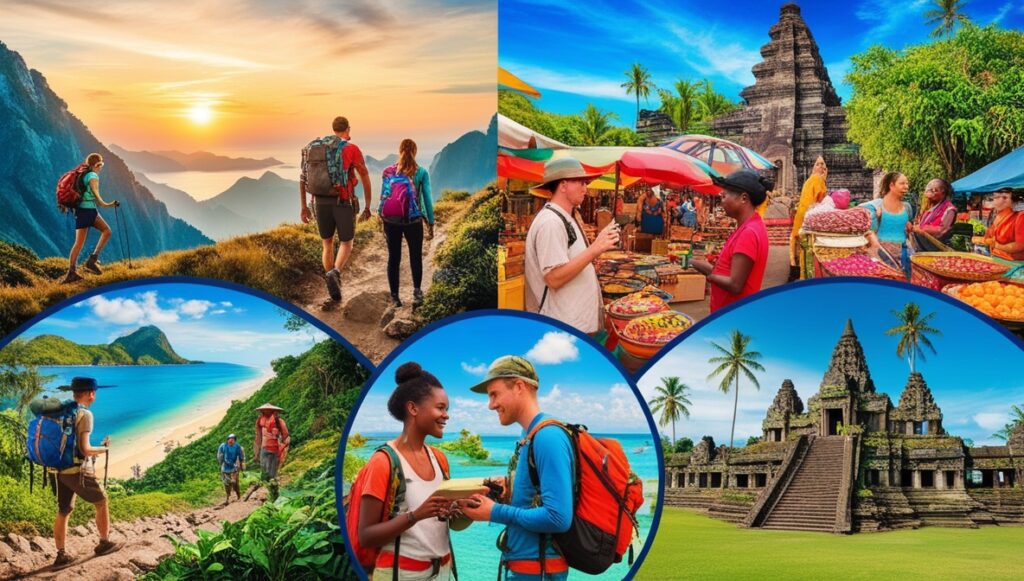Tourism in the present global world has experienced developments from mere traveling to changing lifestyles. The tourism concept has, therefore, mushroomed to advance as a means by which individuals bond with different cultures and environments and, in some cases, personal growth. The “Tourist Lifestyle” represents much more than visiting tourist destinations, this also defines a form of mentality that is guided by curiosity, adventure, and an exponentially growing appreciation for the better diversity surrounding our world.

The Evolution of Travel: From Vacation to Lifestyle
Traditionally, tourism was considered only for luxury or some hours of a break from daily life. A tour was planned once or twice yearly for recreation purposes or to see a new place. However, with the rise of budget travel, digital nomadism, and an urge for experiences across the world, traveling has become a way of life for many.
This is mainly due to several reasons. The short-term affordability of flights with low-cost airlines, the longer-term ability to access accommodation platforms, such as Airbnb, and the resultant opportunities to work remotely make travel more accessible than ever. Many people can now easily add travel to their routine lives. These are called “perpetual tourists,” or in French, “slower travelers,” who do not perceive themselves as visitors in most meanings of the term but rather as temporary locals, appropriating the cultures and lifestyles of places that they travel to.
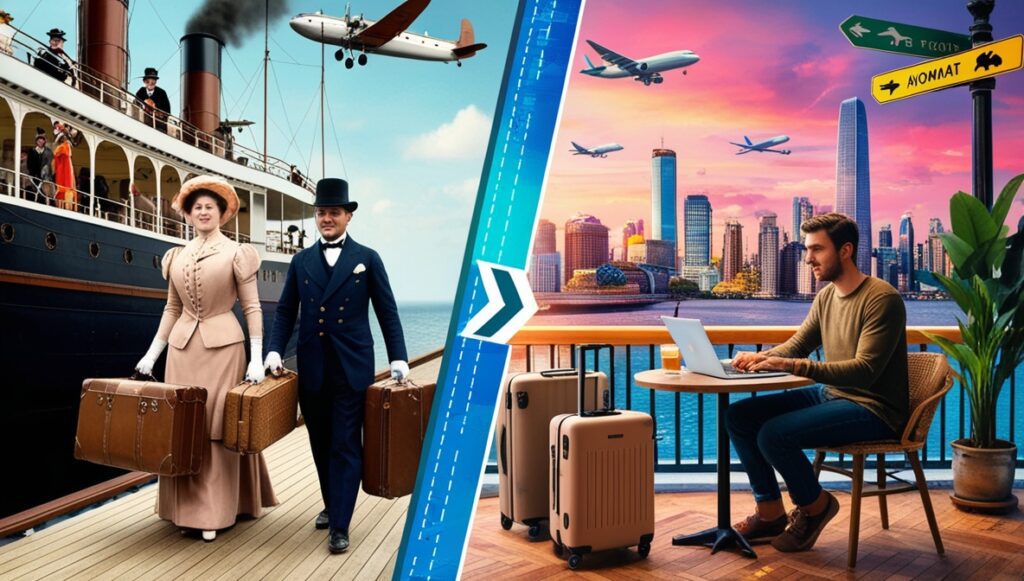
The Adventurous Spirit of a Tourist: A Lifestyle of Excitement and Exploration
The tourist lifestyle is characterized by a deep sense of adventure at the very core. Tourists who are inducted into this lifestyle seek experiences way beyond the skin. Rather than clicking pictures of popular monuments, tourists actively practice local cultures, cuisines, and traditions.
Some tourists can spend a day trekking in the jungles in Costa Rica, sampling street food in Bangkok, or learning about traditional dances in Bali. These adventurous spirits push tourists out of their comfortable circles and prompt them to see the world from other perspectives. The tourist lifestyle opposes other mere sightseeing forms because it is characterized by experience-challenging and horizon-expanding perspectives for the individual.
This spirit also demands flexibility. Tour travel is always full of surprises and unpredictability—over passing airplanes, languages nobody understands, or being lost in a city. People who live the life of a tourist learn to expect these mishaps not as adversity but as chances for learning and growing. The adversity of traveling breeds resilience and confidence: Tourists learn to cope with unforeseen adversities equitably.
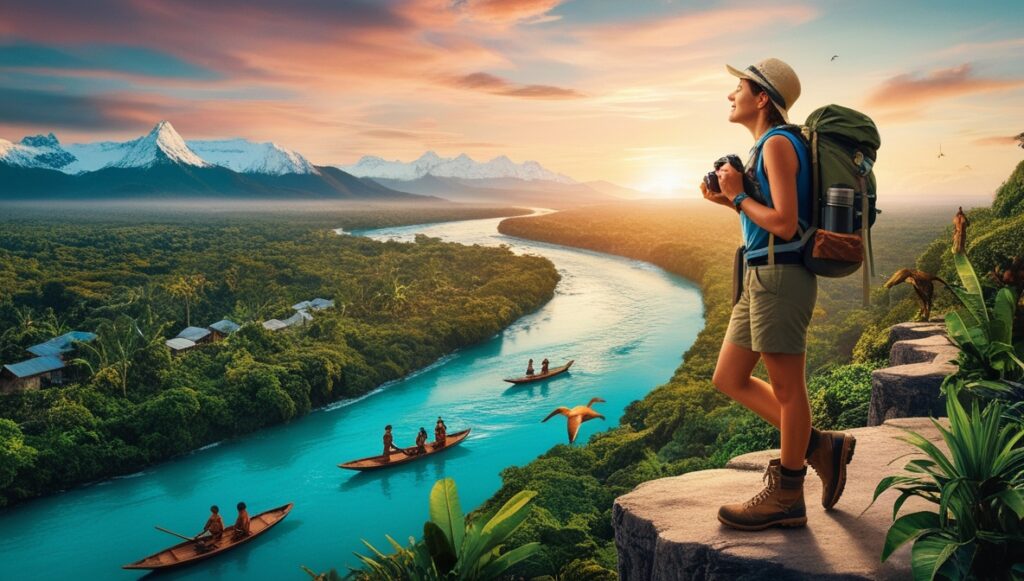
Cultural Immersion and Global Awareness
Moreover, living this kind of tourist lifestyle is characterized by cultural immersion. Given the touristic lifestyle, one is no longer an observer or a spectator but becomes an active participant in the life of the locals. This can be done by staying in-home stays with local families, volunteering to work on projects already ongoing in the community, or even taking language classes to enhance communication with the people he meets.
Deeply interacting with other cultures, therefore, means gaining more knowledge of the world. The visitor is instructed to respect the values, traditions, and history of other communities, which can promote a global sense of citizenship. Such an engagement in culture may critically change an individual’s worldview or shift beliefs, bringing about a lot more knowledge of the man himself.
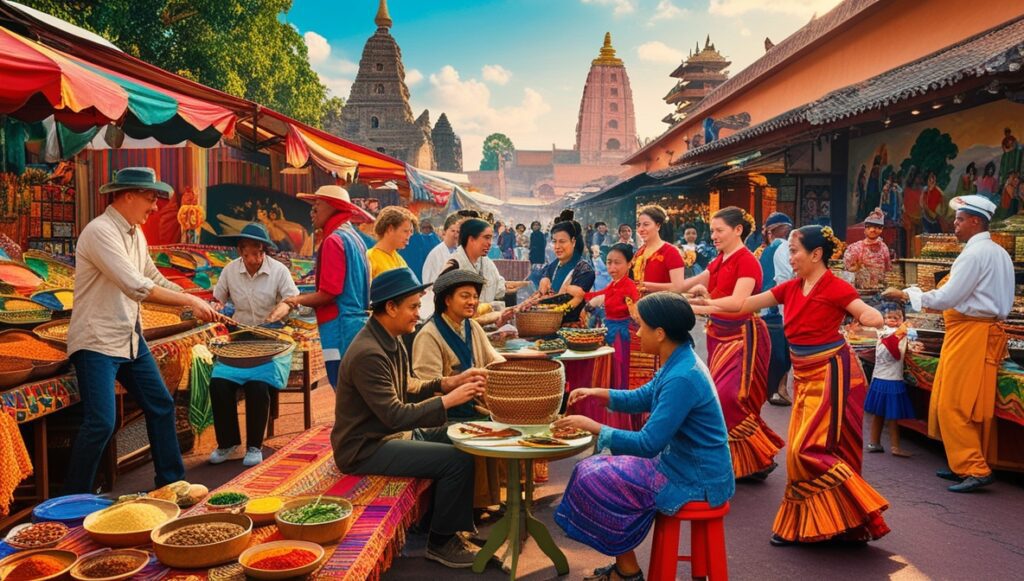
The Balance of Wanderlust and Sustainability
The leading element of the modern tourist lifestyle is one of wandering, on the one hand, and of responsible behavior, on the other: the thrust to wander must be matched with a plea for sustainability. Something has to give in: examples of pollution and displacement of native people result from mere short-term or rather thoughtless thinking about mass tourism.
While conscious tourists try to reduce their footprint, whether through taking eco-friendly accommodations, backing local businesses, or engaging in responsible tourism practices such as averting the use of single-use plastics and offsetting carbon emissions, tourists contribute to preserving the very places they wish to explore.
Another idiom promoted by those who indulge in the culture of being a tourist is behind another new trend in tourism: “slow travel.” Slow travel focuses on longer periods of staying in one destination rather than rushing up the time spent covering several places. This approach lessens the negatives resulting from frequent use of airlines and offers an opportunity for deeper engagement with places. Moreover, the longer duration of stay in a destination provides more chances for the tourist to contribute better to the local economy since he spends his money in small shops, craft markets, and other community-driven establishments.
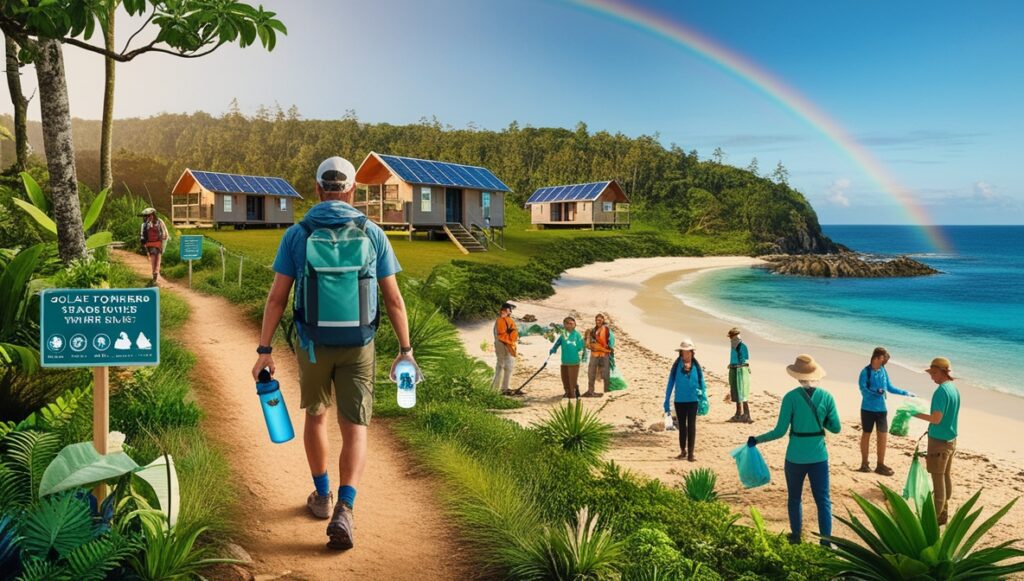
The Digital Age and the Tourist Lifestyle
The digital revolution is the most crucial force that has shaped the modern tourist lifestyle. This is so in light of the fact that a new set of activities relating to documentation and sharing travel experiences through social media usage, such as Instagram and YouTube, have completely changed. Today, tourists discover the world, document it, and share it in a manner that inspires other people to continue on their trail.
However, sharing this constant traveling experience is both a blessing and a curse. It has opened up the world for easy travel while making it easily accessible, yet in the process, it has resulted in over-tourism in some places. Such iconic landmarks, such as the Eiffel Tower, the Colosseum, and Santorini’s blue-domed churches, have become crowded and scaled down the experience of people looking to have genuine encounters.
To negate this, most tourists now prefer lesser-known destinations, which entail not just unexplored hidden gems but off-the-beaten-path places. The good thing about this is that it helps to spread out the hordes thronging popular sites and distributes economic benefits from tourism into less visited locations. The digital nomad community has played an instrumental role in promoting alternative destinations – from remote Vietnamese villages to emerging Eastern European cities.
Simultaneously, distance work enables tourists to blend traveling with professional life. In consequence, the term “digital nomad” is subsequently associated with a tourist lifestyle, namely when working from one office to another around the world while staying in one’s profession. This type of mobility combines work and travel in order to have an office at the beach in Bali or a cafe in Lisbon.
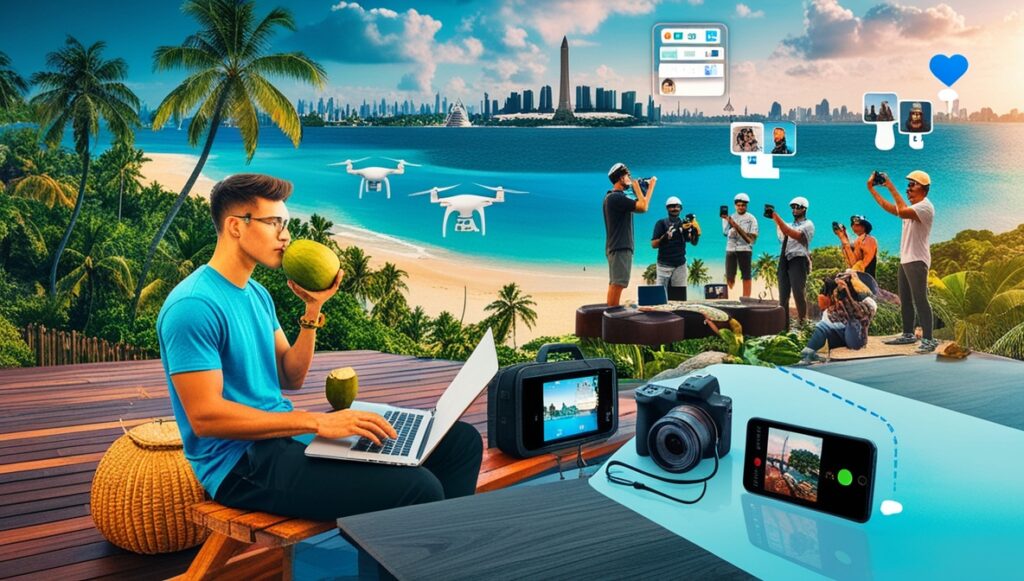
Personal Transformation Through Travel
At its heart, the tourism lifestyle is not about sightseeing; it is about change. Indeed, the old articulation of traveling rested on the idea that travel was actually a means to discover and appreciate the self. The more tourists traveled and visited new places and cultures, the better they knew themselves.
Traveling gives them an opportunity to take a break from their usual routine and come back to who they are. For some of them, a single backpacking tour through South America or a spiritual retreat in India is enough to incite introspection and encourage self-reflection. They find clarity and inspiration along the road that translates into major changes in life and at work.
Connections made while traveling last a lifetime. While traveling, friendships develop amongst fellow travelers, but more importantly, bonds are formed with locals, making these experiences so dear to one’s heart and very memorable; sometimes, these connections lead to new ventures, business collaborations, or partnerships across cultures.
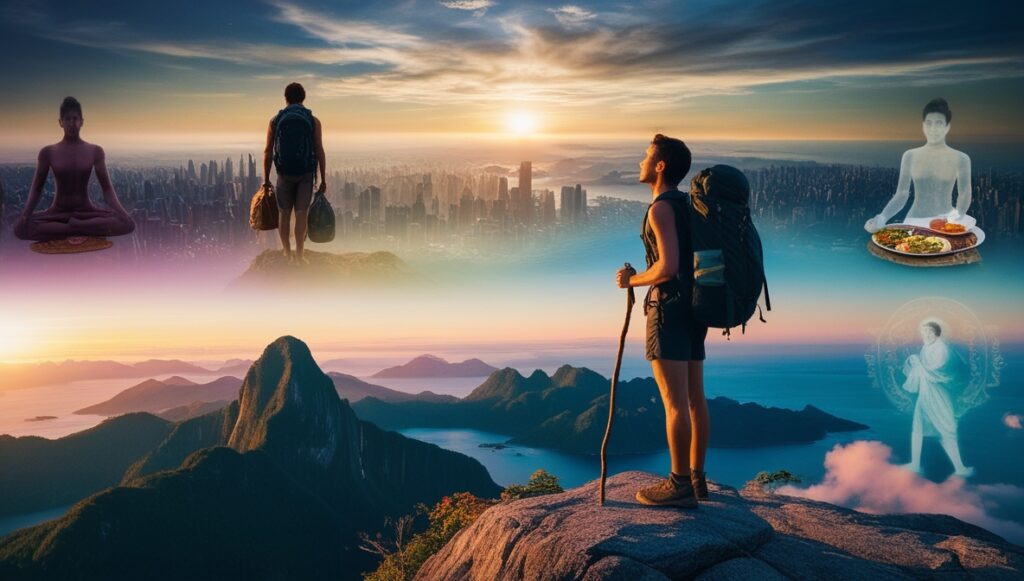
Challenges of the Tourist Lifestyle
The lifestyle of a tourist presents many rewards, but no reward is free of the troubles it brings. Constant traveling can be a strain on the body and the mind. Not knowing where you are can isolate you, particularly for the solo traveler. Relationships and stability become difficult to maintain in such a lifestyle, always being on the go.
It’s also the money factor. While traveling sometimes can be reasonably priced if planned, living this tourist lifestyle sometimes calls for money saved. Balancing such expenses and the future, and indeed, for people who are not working remotely or don’t have a steady income, is a bit harder.
Last but not least, there is the issue of cultural sensitivity. The immersion of these tourists in their respective cultures should be done so that one handles them with care and humility. There is a need to understand and respect local customs, traditions, and values to avoid cultural misunderstandings between them and the community being visited.
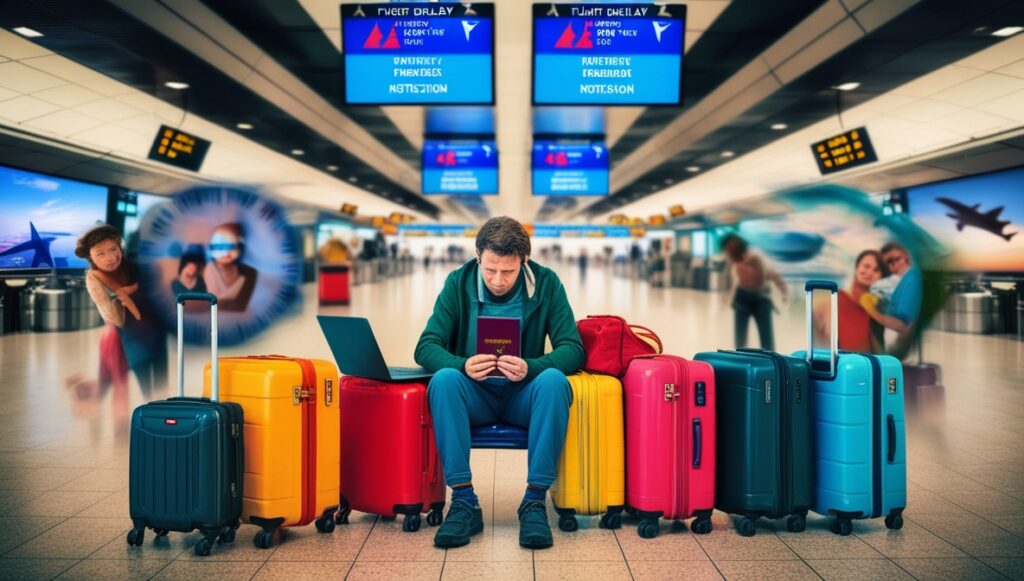
Conclusion
The lifestyle of a tourist represents much more than mere love for traveling; there has been an adventure, a combination of different cultures, and, hence, a transformation in the self as a consequence. As this world keeps changing minute to minute and connections around the world continue to become very potent, opportunities for meaningful travel experiences are practically limitless. As long as those adopting the life of tourism embrace principles of sustainability, respect for local cultures, and openness to new experiences, not only do they get the benefits of enriching their lives but also contribute positively to their surroundings.
